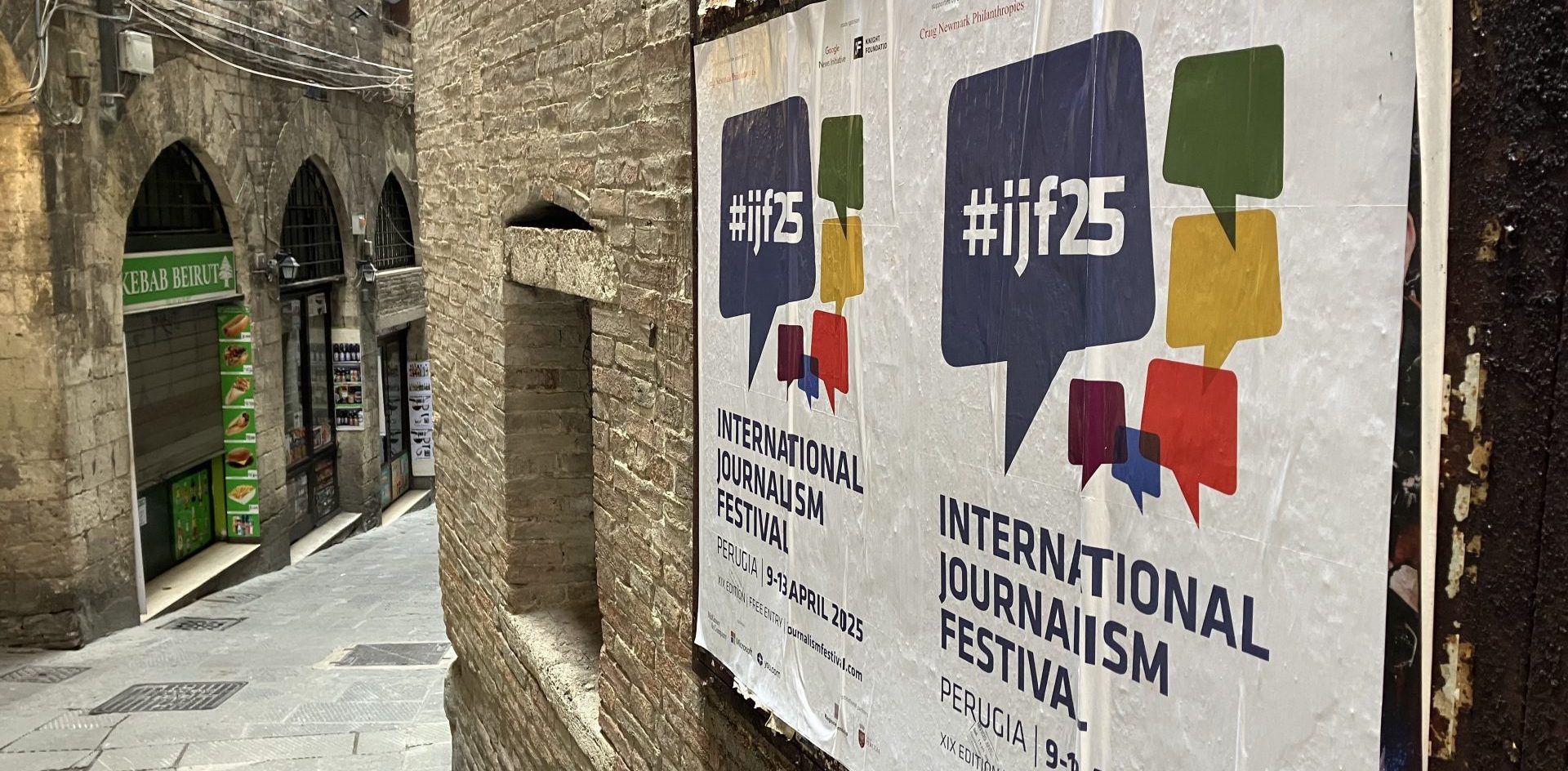
Newsletter
Newsletter
We explain how apps can play a greater role in acquisition even amongst loosely connected audiences.
1st November 2024

One of the most frequent questions publishers ask us at Pugpig Consulting is how to increase app downloads. When publishers first launch an app, their subscribers and most loyal known users flock to download it. After that initial rush, publishers are beginning to ask how an app can be used to grow the pool of loyal, paying customers rather than simply to super-serve their existing fans.
As we said a few weeks ago, one way to drive downloads and revenue is to ensure the app is properly integrated into your overall publishing, audience development and commercial strategies.
Publishers have consistently told us in our research retention is the most valuable aspect of apps. They look to their apps to keep subscribers engaged. However, in our most recent State of Mobile Publishing Report, they also said they were experimenting with apps for acquisition.
The result has meant that app download strategies have evolved to include more loosely engaged audience groups, such as newsletter signups, registrations and even casual website visitors or social media followers. We’ll discuss how publishers can take advantage of the opportunity to leverage the app through the earlier stages of the reader’s lifecycle.
If you’re keen to discuss these strategies and how other publishers are experimenting with new approaches to drive app engagement and growth, join our Mobile Matters community to speak with publishers like you.
At Pugpig Consulting, we recommend that any publisher looking at an app download strategy should start by considering all the different touchpoints they have with their audience, from the moment they land on the website or follow on social media through to subscriptions and beyond. Apps are key pillars in the Push Era of media in which a publisher can connect multiple times a day with audiences in their inbox, audio feeds and push notifications. In a mobile world, all of these touchpoints can connect with audiences in real-time throughout the day on their lock screens.
That’s the end goal, and the key to achieving this deep relationship begins with increasing the points of contact from the first point of awareness. Apps have traditionally been seen as deep within the conversion funnel, but that is changing as publishers focus more on their own properties after third-party platform referrals have plummeted. “We tend to see the app as a retention play largely. I think increasingly we’re starting to understand the value that it has further up the funnel,” Eric Ulken, VP of Product at The Baltimore Banner, said in our State of Mobile Publishing report.
To move apps further up the conversion funnel, promotion needs to start earlier in the customer journey. It might not be appropriate for the first time a person becomes aware of your brand, but publishers should consider the dozens of opportunities to promote the app although often this doesn’t happen in a linear journey. Promotion should include users who land on a website, newsletter subscribers, those who engage on social media and even those who come across the publication for the first time in the app store or through syndication via a third party.
Publishers say the most effective way to drive app downloads is through onboarding, but there are benefits of putting an app front and centre of subscriber acquisition. Doing this makes complete sense, as we know that usage of apps is much higher than on websites. In the US, the top-performing digital news brand, Fox News, gets 10 sessions per user per month, while the top-performing news brand using a Pugpig app gets four times that engagement. Moreover, as publishers look to attract and grow their younger audiences, we found for a century-old publisher on Pugpig platforms, 53% of their app users were under 35, while only 38% of their web users were.
The right approach to convince loosely connected audiences to download your app will hinge on what stage of the journey the user is in. If they are a known user through registration or a newsletter subscription then integrating the app into those experiences is essential. However, if they have just started to become aware of your brand then the approach needs to focus on building overall engagement. This means that social campaigns, paid advertising and app store optimisation will all play a central role. These will generally all come at a cost, so you want to ensure that any paid activity delivers value. This should be done by defining clear objectives and establishing the desired cost per acquisition before the campaigns go live. For some publishers, it makes sense to run these activities in-house, but for others, they can be more effectively delivered by an agency. Moreover, for existing marketing activities, integrate your app into them rather than starting entirely new campaigns. Again, the app shouldn’t be an island but a key part of your overall value proposition and messaging.
However, paid activity isn’t the only option and in many cases should not be a publisher’s first go-to in promoting the app. Trialling messaging through organic social, integrating it into the landing-page web experience and using a smart banner are all important ways to encourage a new user to download the app. Smart banners encourage mobile users to download an app or open a link in the app if they already have downloaded it. It is a key element in acquisition and re-engagement, reminding users they have the app installed already.
Whatever approach is chosen, a publisher must design a framework that works for their brand, product and audience. Testing will play a vital role if a robust framework is designed up front with a phased approach and easily measurable KPIs. The focus should be on determining what messaging engages users and what features the audiences care about most and use the most. This requires both quantitative and qualitative research. Ultimately understanding user needs will provide optimum benefits.
It’s also important to consider how to handle users who have already downloaded the app. For users who already have an app, it is annoying to be constantly asked to redownload an app or sent to landing pages rather than deep-linked to the content they want if they already have it. Getting users to opt in and, more importantly, to open push notifications is also key to engaging app audiences. Push provider Airship found that 95% of new app users who opted in for push and don’t receive a notification in the first 90 days will churn. It is therefore essential to ensure that any app download strategy works hand in hand with an app engagement plan.
When a new or loosely engaged user is being asked to download the app they will not be subscribers so this makes it extremely important to understand how the app relates to the paywall and overall subscription experience. Digital agency Funnel Fox has published a guide where they suggest the optimum strategy for driving app downloads is to take a “web-to-app” approach. They found that presenting a website to the user, rather than an app store listing, increased conversion. Funnel Fox highlighted that app store sales not only converted at a lower rate than web conversion but had the added benefit of avoiding commission being paid to Apple and Google. Moreover, they saw optimisation opportunities through the web funnel that aren’t possible when the user is driven directly to the app store.
Funnel Fox’s report looked at the app market in general and was not focused on publishing. Whereas much of their advice focuses on building payment mechanisms, most publishers have this set up already through established subscription funnels. At Pugpig we see that on average between 90 to 95% of a news app’s subscribers would be direct, with the rest subscribing through app stores. The question for a publisher is whether they’re better to encourage usage of the app and then promote a direct subscription or look to leverage the app store.
With subscription linking and cross entitlement, app store subscriptions can easily be integrated with publishers’ subscription fulfilment. Moreover, External Link Entitlement also allows publishers to monetise users directly although it requires a publisher to create a payment journey as seamless as Apple and Google provide in their app stores. Often we see punishers with ad-reliant but free websites looking to app store subscriptions as a way to drive revenue, whilst doing more to offer subscriptions upfront would deliver benefits, it’s important not to ignore the ease of conversion offered by app stores.
Moreover, many publishers effectively leverage the app store to easily entice users to download an app before asking them to pay. For instance, the Straits Times in Singapore has a free-to-download app. During the onboarding experience, the user is encouraged to register or subscribe to unlock features including personalisation and premium content. The app provides a user with the opportunity to explore it and Strait Times’ content while communicating the clear benefits of starting a relationship with them. The focus is on converting unknown users to known users. As we have said, increasing the number of known users supports retention and higher revenue whether through increased subscriptions or average revenue through users through more effective marketing and advertising.
Apps are increasingly being seen as a way to build engagement earlier in the customer lifecycle, and we see encouraging results from publishers who want to take advantage of the optimum mobile experience presented by the app compared to the web. However, for this approach to be successful it is important not to treat the app as a separate product but as a core part of the offering. This means ensuring they are integrated into the overall digital experience and have a clear role within the conversion journey. When combined with a robust testing framework, publishers can optimise their broader conversion experience to make sure it delivers on their goals.
Here are some of the most important headlines about the business of news and publishing as well as strategies and tactics in product management, analytics and audience engagement.

Newsletter

Newsletter

Newsletter

Newsletter

Newsletter